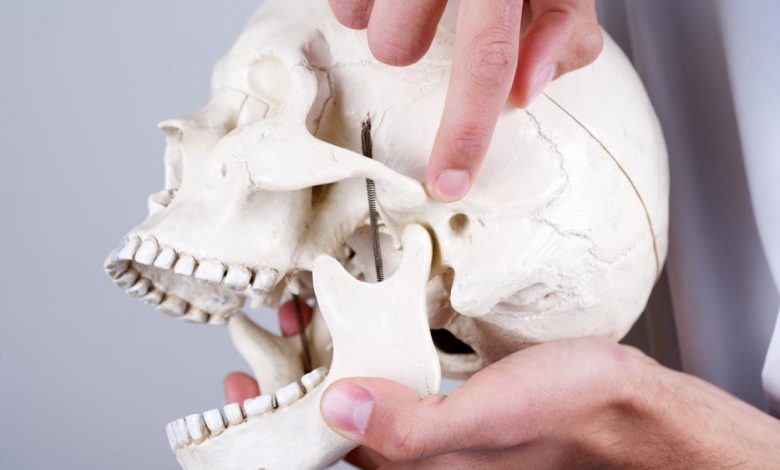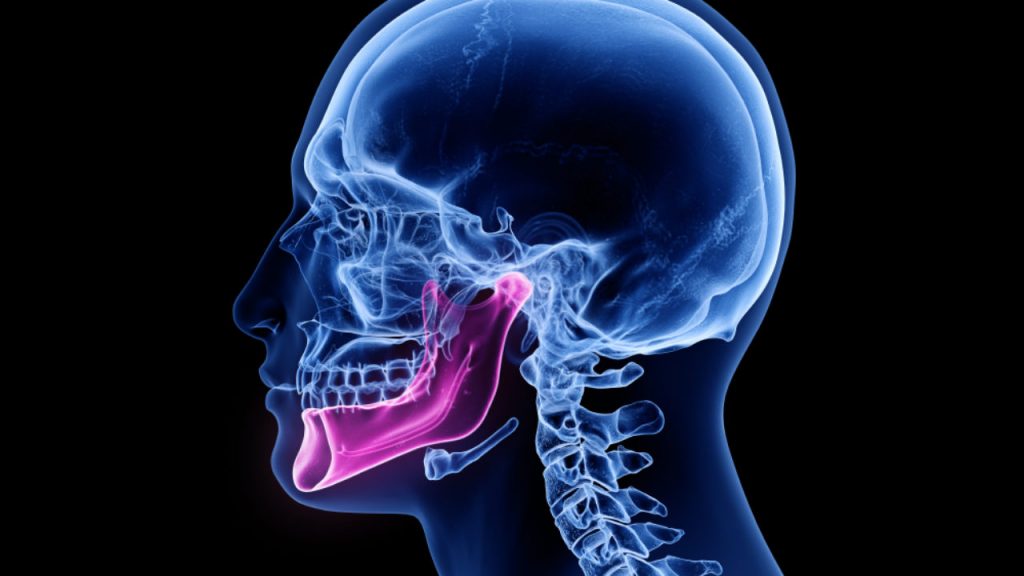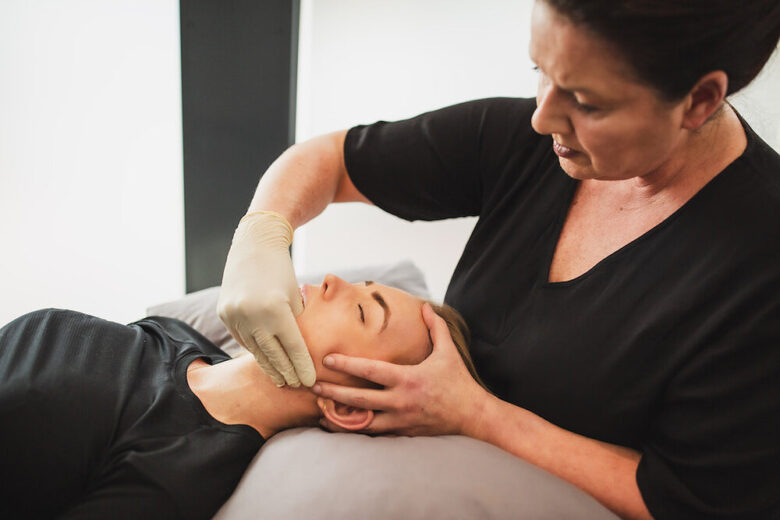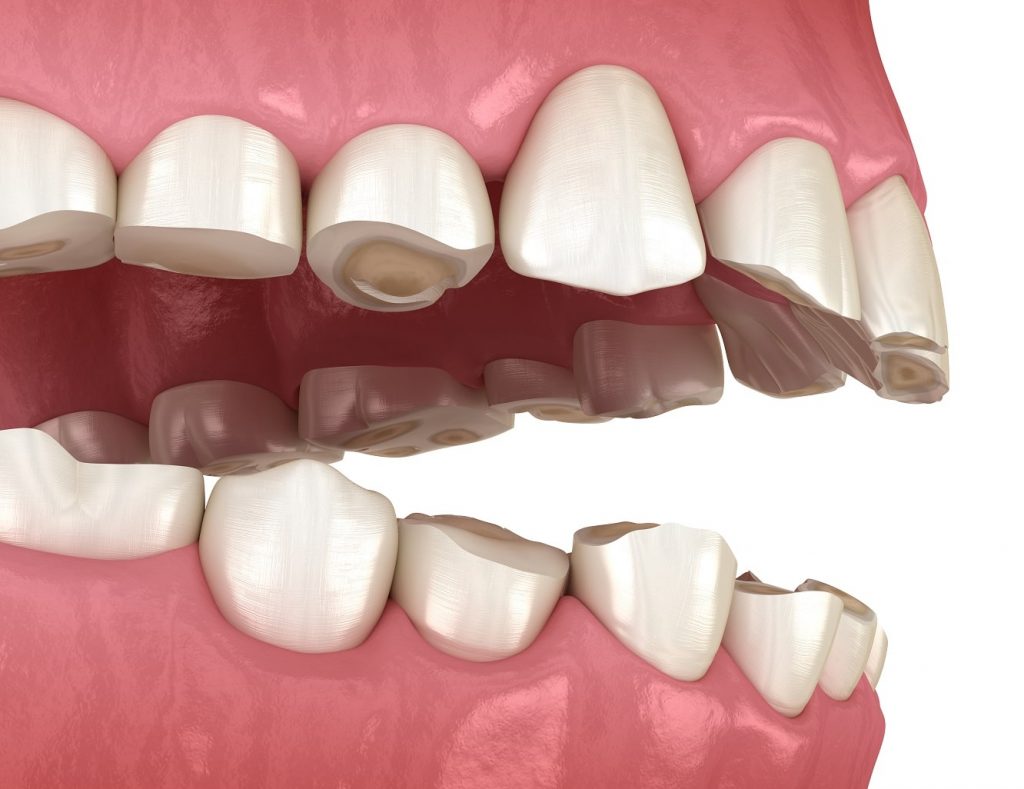
What Are the Symptoms and Risk Factors of TMJ Disorders? – 2024 Guide
The TMJ or temporomandibular joint connects our skull to the jawbone. To be more precise, it plays the role of a sliding hinge in between the jawbone and the skull.
Any problem with this joint makes jaw movement extremely painful. If you have TMJ disorders, you should get yourself checked by a TMJ specialist at Peak Family Dental. However, for undergoing diagnostic tests at the right time, you must be aware of the common symptoms of TMJ disorders. The section below will educate you about the symptoms and risk factors of the condition.
An Introduction to TMJ Disorders

Humans have one TMJ on each side of their jaw. It’s obvious that an individual suffers from TMJ disorders when his/her temporomandibular joints stop working properly. What makes these conditions debilitating is the kind of symptoms they cause. TMJ disorders can result in extreme pain in and around the jaw joint. You may experience severe pain even in the muscles controlling your jaw movements.
The intensity of the pain is never the same in all individuals. The severity of TMJ disorder-induced pain depends on a series of factors. These include your genetics, whether or not you have a jaw injury or arthritis, and so on.
TMJ is common in people with bruxism (a condition that forces the affected individual to grind and clench their teeth). However, there are many bruxism sufferers who never develop any issues with their temporomandibular joint.
For most patients, TMJ disorders cause temporary discomfort and pain. These people get complete relief from the ailment without undergoing any invasive procedure. However, more serious patients often need to undergo surgery. However, the good news is that these surgeries are not complicated and have a high success rate.
Symptoms of TMJ Disorders

The most common symptoms experienced by individuals suffering from TMJ disorders are:
- Tenderness or pain in and around the jaw
- Pain in the TMJ
- Excruciating pain around the ears
- Severe facial pain
- Difficulty in chewing
Locked joints causing problems in opening the mouth or closing its
On rare occasions, people with TMJ disorders also have a grating sensation when chewing or opening their mouth. Some even hear clicking sounds.
You shouldn’t worry much if the clicking sound or grating sensation is not accompanied by pain in the temporomandibular joint. However, if you experience pain or find it difficult to move your jaw, you should get in touch with an experienced dentist right away.
Disorders of the TMJ itself should be distinguished from a number of conditions that mimic them. Pain that occurs when pressing a finger on the wrist while the mouth is open indicates TMJ.
The role of stress, depression, and anxiety in the development of temporomandibular disorders is today the subject of numerous discussions and research. The association between stress, depression, or anxiety with TMJ disorders is explained by increased muscle activity, whereas muscle hyperactivity causes myofascial pain.
Establishing a diagnosis

Given the large number of diseases that can affect a person, TMJ diagnosis is sometimes extremely difficult. When making a diagnosis, it is necessary to examine the entire masticatory system, make a detailed history of the patient’s disease and use one of the imaging methods, depending on which disorder we suspect. Sometimes extremely rare conditions such as tumors within the joint go unrecognized and are treated incorrectly, depriving the patient of the valuable time needed for therapy. The seriousness of understanding the problem and monitoring the progression or reduction of the symptoms of the disease can be a guide to whether the diagnosis is well made, that is, whether the correct therapy has been carried out.
However, the most common disorders are within the joint structures with or without an inflammatory reaction, either acute or chronic (occurring in 60% of cases), and only muscle problems occur in about 30% of cases. It is primarily important to find the cause, and you should first start with reversible types of therapy (physical therapy and exercise, removal of parafunction, pharmacotherapy, splint), and only then try irreversible therapy (removal of interfering contacts, orthodontic or prosthetic therapy).
TMJ treatment

Accurate diagnosis and treatment of temporomandibular disorders (TMD) is a very complex task. TMJ arthroscopy is indicated only when joint dysfunction is present after all non-invasive procedures (examination and resolution of prosthetic defects, appropriate physical therapy, avoidance of stressful situations). Almost all people have joint closure disorders. However, this condition must change drastically for it to be the cause alone.
The most common is joint instability in the load, ie when chewing. In most cases, parafunctional activity is subconscious and patients are not aware of it at all until there is visible wear of the dental surfaces. Medicines for this disease should be taken at regular intervals, over a period of time, namely: nonsteroidal antirheumatic drugs (tablets, granules, gels), salicylates (aspirin), corticosteroids, anxiolytics (benzodiazepines), muscle relaxants (metaxalone), antidepressants (tricyclic antidepressants, amitriptyline), local anesthetics (2% lidocaine).
Physical therapy is an important part of successful problem solving and includes thermotherapy, cooling therapy, ultrasound, transcutaneous electrical nerve stimulation, acupuncture, phonophoresis, iontophoresis.
What Are the Risk Factors of TMJ Disorders?

Your chances of having TMJ disorders will be higher if you have any of the following conditions:
- Osteoarthritis, rheumatoid arthritis, and most other arthritis types
- Bruxism
- Jaw injury
- Connection tissue disorders that can affect the health of your temporomandibular joints
If you have any of the above-mentioned conditions, visit a dental clinic at least once every year to ensure that your temporomandibular joints are healthy.
Final Words
The above information should help you detect TMJ disorders before the conditions turn serious. Visiting the dentist at least once every year for a routine checkup also helps in the early diagnosis of the problem.
There are a number of pathological conditions that can affect the temporomandibular joint and/or associated structures. The seriousness of understanding TMJ disorders is extremely important. It is most often not a life-threatening disease, but it extremely affects the patient’s quality of life.




